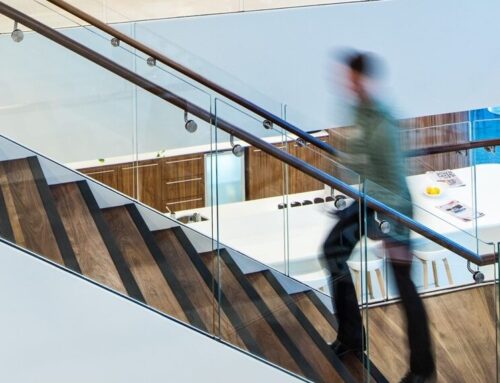16 November 2018
Australia continues to lead the world’s green building sector with further growth predicted over the next three years, according to a new global report.
The World Green Building Trends 2018 SmartMarket Report, released by Dodge Data and Analytics, indicates support for the green building sector is growing globally, with organisations across the construction industry shifting towards more sustainable materials and practices.
It noted third-party certification systems such as the Green Building Council of Australia’s (GBCA) Green Star rating system were being used to make buildings perform more efficiently yielding both commercial and environmental gains.
“The drivers for green building in Australia are noted as market demand, client demand and improving occupant health and wellbeing.” the report states.
“Australia is also notably higher than the global average for each of these factors, demonstrating the sway they have on encouraging the green building market in this country.”
More than 2,000 industry stakeholders across 86 countries, including architects, engineers, contractors, owners, consultants and investors, were surveyed for the report, including GBCA members.
It found 94% of Australian respondents are involved in green building projects, and the majority (67%) report at least a moderate level of green activity, with 30% share or more of their work in the sector. Notably, 46% of respondents reported more than 60% of their projects were in the green building space, the highest of any country, and 64% expected by 2021 the majority of their work would be in green building. Former global director of sustainability at NDY, A Tetra Tech Company, Tony Arnel says it’s “fantastic that Australia remains a clear leader in the world’s green building sector as described in the Dodge Data report released to coincide with the USGBCs Greenbuild event in Chicago. It’s also personally very rewarding to reflect on the key role the GBCA has played in transforming the Australian market.”
But Tony warns against complacency.
“The built environment is being challenged more than ever to go to the next level. Industry experts all agree that net zero energy buildings will need to be the new normal within a decade. If Australia is going to get anywhere near its Paris obligations, the building sector remains one of the most efficient and cost-effective pathways to get there. Indeed, by 2030 it’s widely anticipated that net positive status will be the benchmark. This means that the built environment will be on its way to being an overall net contributor to energy supply, not a user. Imagine a future of energy security, clean energy, healthy buildings, lower costs, saving money, more jobs. That’s a future worth striving for.”
Read more about sustainability at NDY here.









